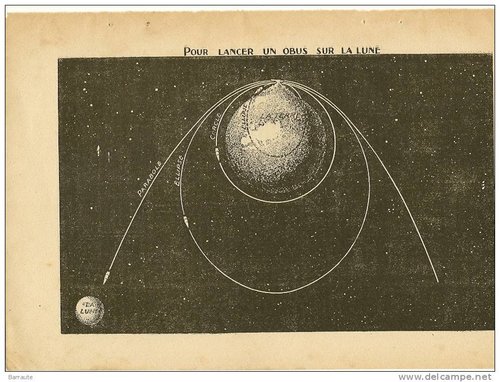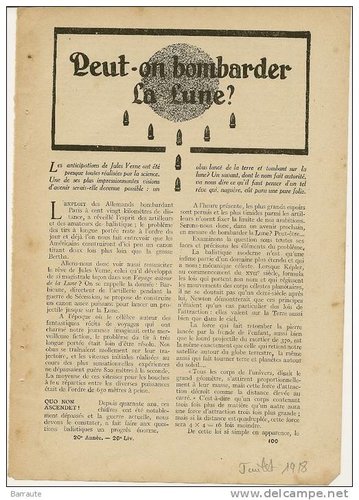"Confirmed: US planned to nuke the moon"
Published: 26 November, 2012, 21:13
Source:
https://rt.com/usa/news/us-moon-nuclear-project-631/
Published: 26 November, 2012, 21:13
Source:
https://rt.com/usa/news/us-moon-nuclear-project-631/
In a secret project recently discovered, the United States planned to blow up the moon with a nuclear bomb in the 1950s as a display of the country’s strength during the Cold War space race.
The secret project, called “A Study of Lunar Research Flights”, as well as “Project A119” was never carried out but initially intended to intimidate the Soviet Union after their launch of the first artificial satellite, Sputnik 1, which demonstrated their technological power, the Daily Mail reports.
The sight of a magnificent nuclear flash from Earth was meant to terrify the Soviet Union and boost US confidence, physicist Leonard Reiffel, 85, told the Associated Press. The nuclear device would have been launched from a missile from an unknown location. It would have ignited upon impact with the moon, causing a massive explosion that was visible from Earth.
The detonation would have been the result of an atom bomb, since a hydrogen bomb was too heavy for a missile to carry the 238,000 miles to the moon.
Astronomer Carl Sagan was responsible for some of the calculations that could cause the nuclear detonation. Sagan, who later became a famous author of popular science, was a young graduate student at the time. He worked as a NASA advisor from the 1950s onward and died in 1996.
One of Sagan’s biographers claims he may have committed a security breach by revealing the classified project in 1959 in his application for an academic fellowship. Reiffel, who once served as deputy director at NASA and was responsible for the nuclear research at the Armour Research Foundation in 1958, confirmed this claim.
In his interview with AP, which took place in the year 2000, Reiffel said the nuclear detonation could have occurred by 1959, which is when the US Air Force deployed intercontinental ballistic missiles. The project documents were kept secret for nearly 45 years and the US government has never formally confirmed its involvement in the study.
But in the end, the mission was abandoned due to safety concerns about the radioactive material that would contaminate space. The scientists were also worried about the bomb detonating prematurely, thereby endangering the people on Earth.
Rather than blow up the moon, the US continued the space race, sending its first satellite, Explorer 1, into orbit on Jan. 31, 1958. The project was officially canceled by the Air Force in Jan. 1959, and the US instead focused on sending a man to the moon.




